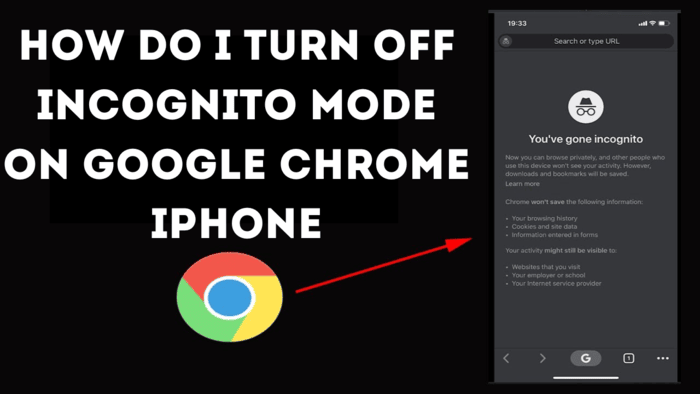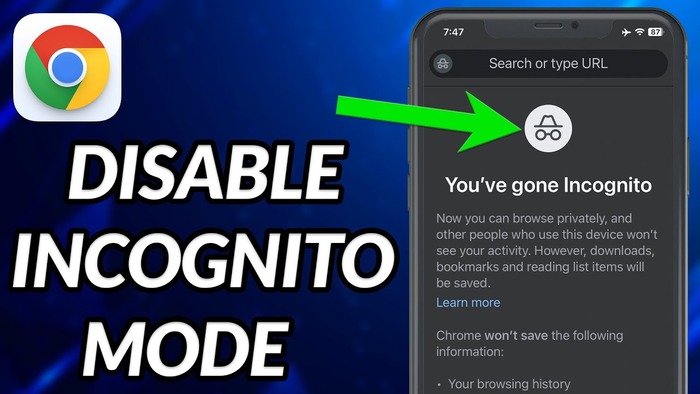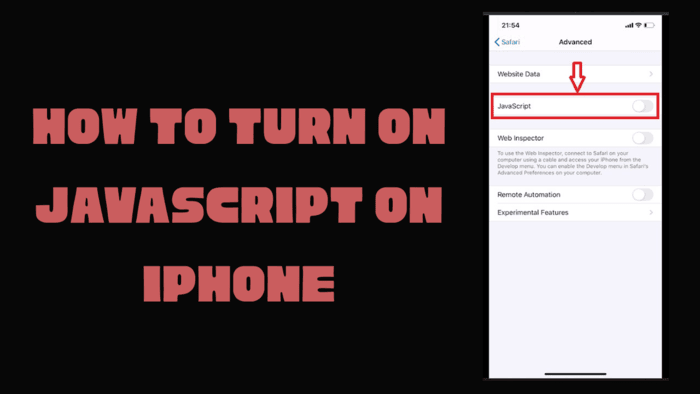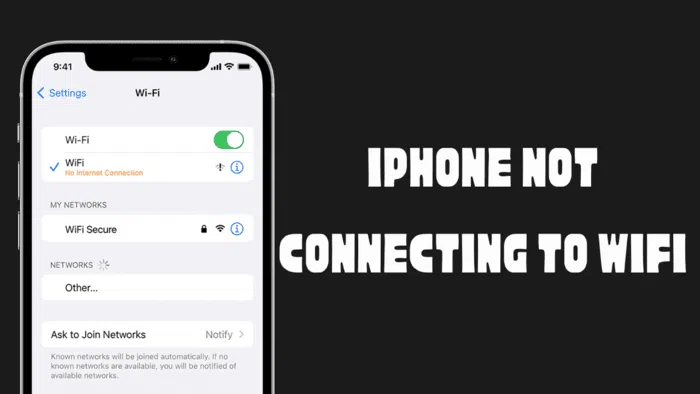Private browsing, commonly known as incognito mode, is a useful feature for maintaining privacy while browsing the internet.
Whether you’re conducting sensitive searches, trying to prevent targeted advertisements, or using a shared device, incognito mode can help minimize digital traces.
However, there are times when you may want to switch back to regular browsing mode, allowing your browser to remember your history, login credentials, and preferences.
On an iPhone, incognito mode is available in Safari as Private Browsing, while third-party browsers like Chrome offer similar privacy-focused browsing options.
Many people use this feature for various reasons, such as researching confidential topics, keeping online activity separate from regular browsing, or avoiding third-party tracking cookies.
Despite its benefits, private browsing is not entirely invisible—your internet service provider and certain browser extensions may still track activity.
If you no longer need the privacy benefits of incognito mode, it’s easy to exit it and return to standard browsing.
Below is a step-by-step guide on how to close incognito mode in both Safari and Google Chrome on an iPhone.
Exiting Incognito Mode in Safari on iPhone
- Launch Safari – Open the Safari app on your iPhone by tapping its icon.
- Find the Tabs Button – Look at the bottom right corner of the screen and locate the button that resembles two overlapping squares. Tap on it to view all open tabs.
- View Open Tabs – A new screen will appear displaying all your current browsing sessions. These may include standard browsing tabs, any saved Tab Groups, and any Private Browsing tabs that were opened in incognito mode.
- Close Private Browsing Tabs – If you want to completely exit incognito mode, swipe left on any open Private Browsing tabs to close them. Once all incognito tabs are closed, Safari will switch back to standard browsing mode, and your browsing history will be saved.
- Switch Back to Regular Mode Without Closing Tabs – If you don’t want to manually close each tab, you can quickly return to normal browsing by swiping left in the View All Tabs section from Private Browsing to standard browsing mode.
Exiting Incognito Mode in Chrome on iPhone
For those who use Google Chrome as their primary browser, the process of leaving incognito mode is slightly different but still straightforward.
- Open Google Chrome – Tap on the Chrome app to open the browser.
- Access Open Tabs – At the bottom right corner of the screen, find and tap the button displaying a square with a number inside it. This number represents the total number of open tabs.
- Switch to Standard Browsing – After tapping the tabs button, you will see options for both Incognito and Regular browsing modes. The Incognito icon, which features a fedora and glasses, signifies private browsing mode. To return to standard browsing, simply tap on the square button showing the number of open non-incognito tabs. This will switch the browser back to its regular mode, where your history and activity will be recorded.
How to Disable Private Browsing Mode Permanently in Safari?
If you want to remove the Private Browsing option entirely from Safari, this can be done through the iPhone’s settings.
By adjusting content restrictions, you can prevent access to Private Browsing mode, which may be useful for parental controls or other privacy preferences.
To disable Private Browsing:
- Open the Settings app on your iPhone.
- Tap on Screen Time to access usage and restriction settings.
- Select Content & Privacy Restrictions to modify browsing permissions.
- Tap Store, Web, Siri & Game Center Content to access web content settings.
- Choose Web Content and select Limit Adult Websites instead of “Unrestricted.”
Once this setting is enabled, Safari will automatically reboot, and the option to open Private Browsing tabs will be removed from the browser.
This restriction ensures that all browsing activity occurs in regular mode, where history and data are saved.
Important Considerations About Incognito Mode
While private browsing offers an extra level of privacy, it does not make online activity entirely anonymous.
Your internet service provider (ISP), network administrator, and certain browser extensions can still track your online activity.
Additionally, incognito mode does not prevent websites from identifying your device through unique browser fingerprints.
However, when used appropriately, it provides a convenient way to prevent saved browsing history, auto-fill suggestions, and cookie tracking, making it a valuable tool for protecting personal information when needed.
If privacy concerns go beyond what incognito mode offers, using a VPN, clearing cookies regularly, or adjusting browser privacy settings may provide additional protection.





